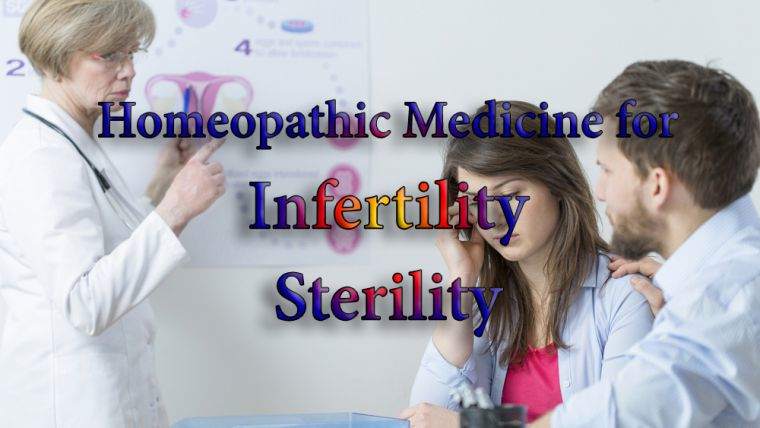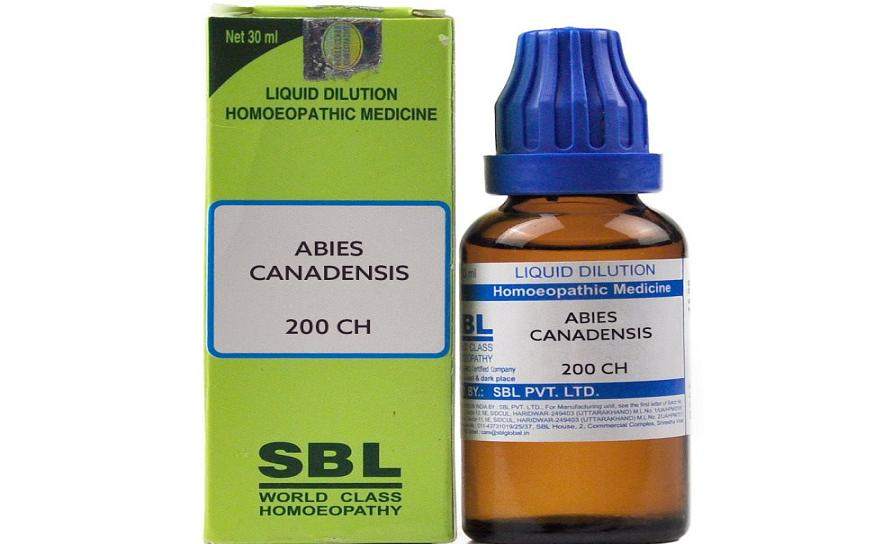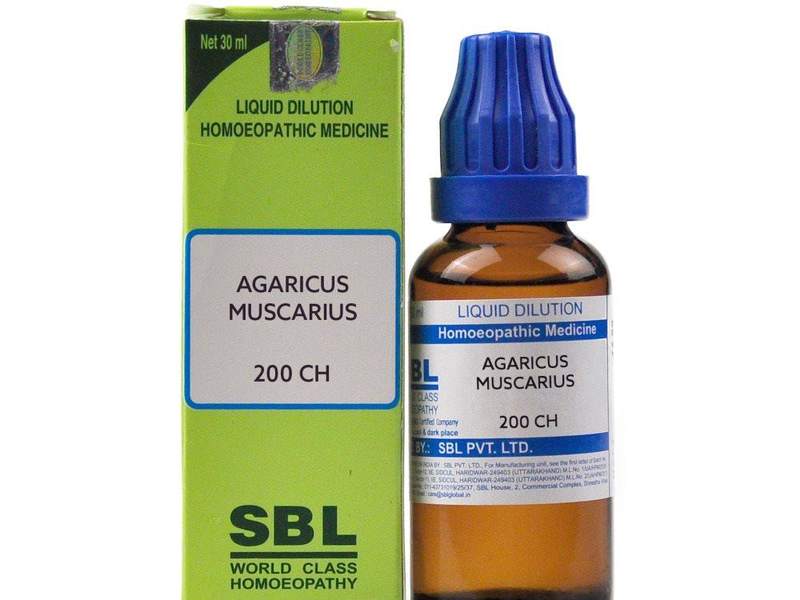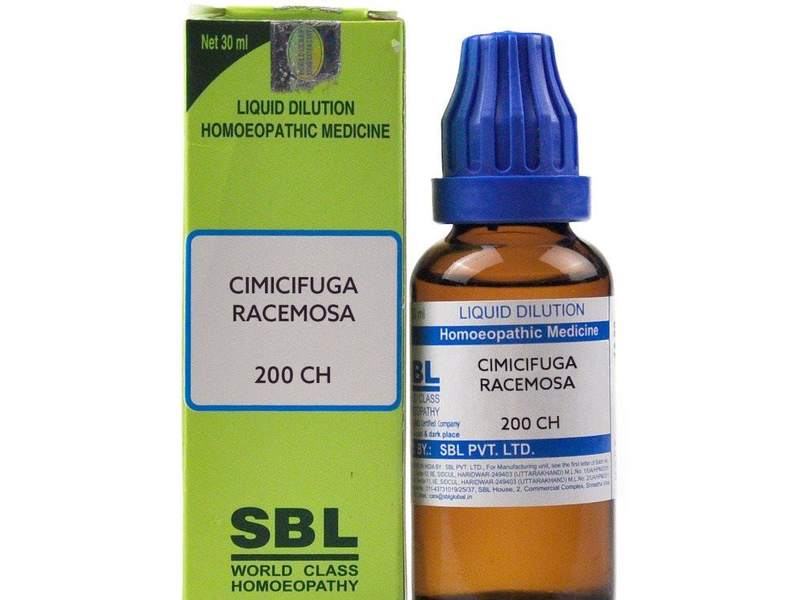Homeopathic Medicine for Infertility – Sterility
₹1,989.00 Original price was: ₹1,989.00.₹1,409.00Current price is: ₹1,409.00.
Homeopathic Medicine for Infertility – Sterility
When a lady is unable to have a child even after a prolonged medical treatment, many a couples employ high technical treatment and enjoy the joys. of parenthood. Any of the following six procedures can be employed, only by a competent surgeon who specialized in this kind of treatment:
- Intra-cytoplasmic sperm infection (I.C.S.I): Man’s sperm is injected directly into his wife’s egg under a microscope. The embryo is then implanted in the woman’s womb.
- Ovulation induction: A woman who is unable to produce eggs, is treated to produce a lot of eggs. The intercourse is timed for an optimal period of the woman’s cycle to create the pregnancy.
- Intra-uterine insemination (I.U.I.): Man’s sperm are collected and are placed directly in the woman’s uterus. This type of insemination helps if the man has a low count of sperms or they are slow in movement which hampers their journey to the woman’s egg.
- Invitro fertilization: Some of the woman’s eggs are combined with the husband’s sperms in a petri dish. If fertilization takes place, the embryo is transferred into the woman’s uterus.
- Gametic intra-fallopian transfer: An egg and sperm are directly transferred into the fallopian tubes and on fertilization, it travels to the uterus.
- Another woman’s egg or another man’s sperm are employed to produce the embryo which is then planted in the uterus of the barren woman.
NOTE 1: It is said that for obtaining a male child, the woman should take Natrium mur. 6x one dose daily and for obtaining a female child, she should take Pulsatilla nig. 6x one dose daily from 3rd to 6th month of pregnancy.
NOTE 2: Aurum mur. CM, one dose given at the commencement of pregnancy usually results in the birth of a male child.
NOTE 3: Doctors at the genetics and I.V.F. Institute Fairfax Va are researching that a baby of choice-male or female can be produced. The only difference between male producing Y chromosome sperm and female producing X chromosome sperm is that Y chromosome sperms have about 2. 8 percent less genetic material.
NOTE 4: Women who get a baby by any of the above means, can hope to get the next baby in the normal way. A Japanese study shows that 18% of such women between 24 to 40 years of age conceived naturally and younger women under 27 had 37% chances of getting pregnant in the normal way after having the first baby by any of the above methods.
NOTE 5: These treatments can fail sometimes, but, when they work they often work too well resulting in multiples – triplets, quadruplets and higher order multiples are only handful. These multiple gestations are most common complications of assisted reproductive technology and probably the most controversial.
Related products
Homeopathic Medicine
Homeopathic Medicine
Abies Canadensis Homeopathic Medicine – Abies Canadensis Uses
Homeopathic Medicine
Homeopathic Medicine
Homeopathic Medicine
Homeopathic Medicine
Homeopathic Medicine
Homeopathic Medicine











